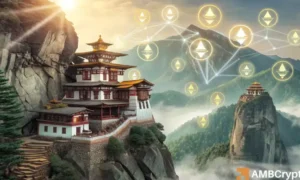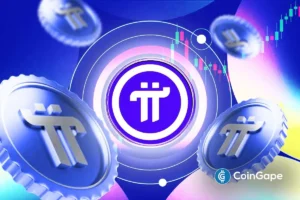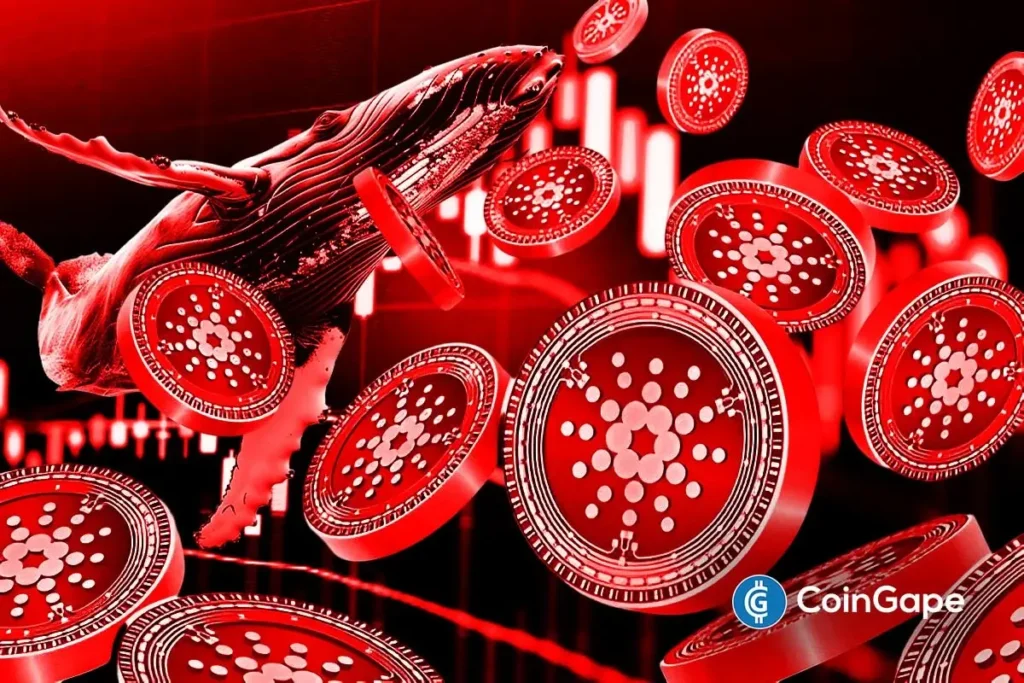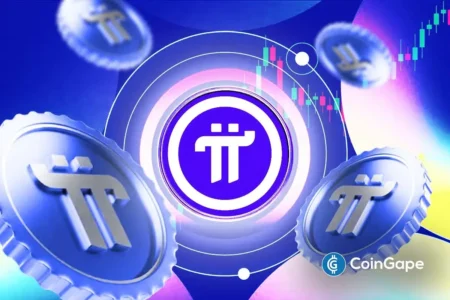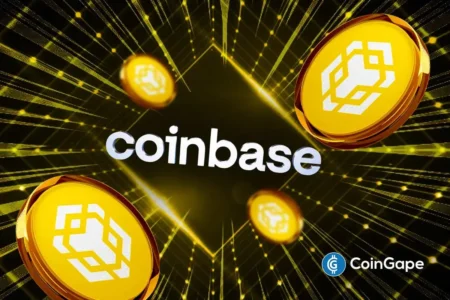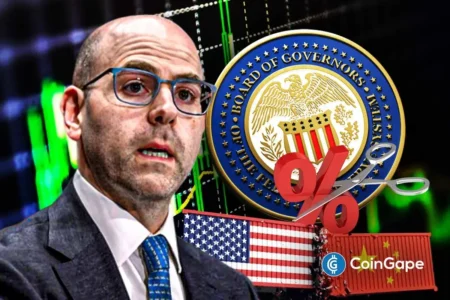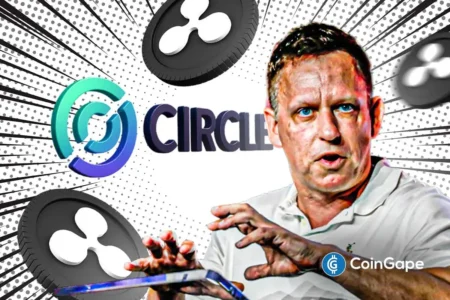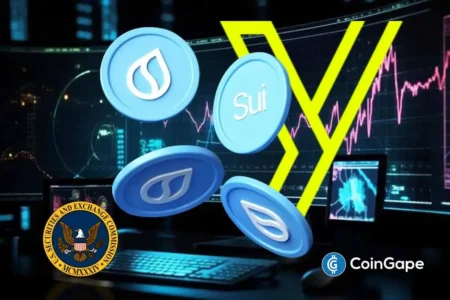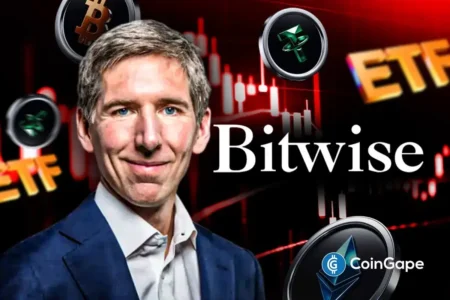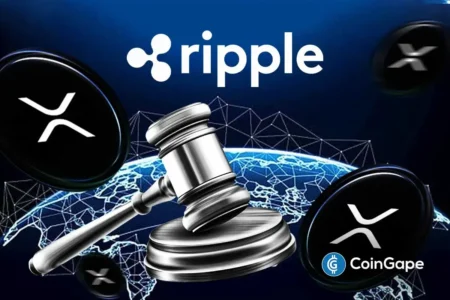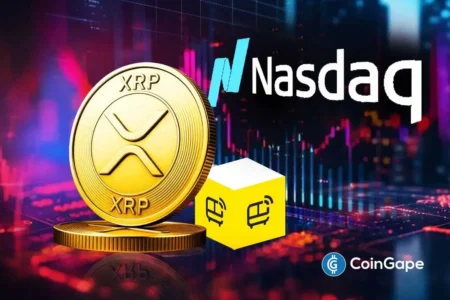Cardano Price Analysis: Bear Market Signals and Future Outlook
Cardano (ADA) is currently experiencing a significant decline, having plunged over 32% from its peak in August. As the cryptocurrency enters a bear market, various indicators suggest that further downside may be on the horizon. A combination of bearish technical patterns, dwindling total value locked (TVL), and increased selling pressure from large holders (whales) paints a concerning picture for Cardano investors.
Understanding Cardano’s Technical Patterns
Recent analysis of Cardano’s price chart reveals several bearish patterns signaling potential further declines. One notable formation is the rising wedge pattern characterized by two ascending, converging trendlines. This pattern often suggests that the price is preparing for a downward move. Additionally, a head-and-shoulders pattern has emerged, a classic bearish formation that typically indicates extended downside potential.
More critically, the narrowing spread between the 50-day and 200-day Exponential Moving Averages (EMAs) raises alarms about a potential death cross. This technical indicator usually foreshadows further declines in a cryptocurrency’s price. Furthermore, Cardano appears to be forming a bearish flag or pennant, reinforcing the expectation of a drop to crucial support levels. A decline to around $0.50—previously seen in April and June—could represent a 25% drop from current levels.
Looking Ahead: Price Predictions for 2025
For Cardano’s bearish forecast for 2025 to be invalidated, the token must rise above the lower side of the ascending channel. A successful breakout could pave the way for Cardano to test resistance at $1. However, given the current technical landscape, investors remain skeptical about such a rally materializing in the near future.
The Impact of Whales on Cardano’s Value
The selling trend among whales presents a significant concern for Cardano’s market health. Large holders of the ADA token have offloaded millions of dollars worth of assets, totaling over $350 million in the past week alone. Whales exiting their positions often signify waning confidence in a cryptocurrency’s value, further exacerbating market pessimism.
DeFi Landscape: Cardano’s Struggles
Adding to these woes, Cardano’s fundamentals appear significantly weaker when compared to its leading competitors. Platforms like Ethereum, Solana, and Binance Smart Chain continue to thrive in the decentralized finance (DeFi) realm, whereas Cardano’s ecosystem has faltered. Recent data indicates that Cardano’s total value locked (TVL) has plummeted 20% over the past month, landing at just $288 million. In sharp contrast, Solana boasts over $25 billion in TVL, highlighting Cardano’s stark decline.
Moreover, Cardano’s stablecoin supply is a mere $36 million—insignificant when the overarching industry holds over $290 billion in assets. With decentralized exchange (DEX) volume dwindling to under $4 million in the last 24 hours, the network’s activity is at an alarming low.
Unfulfilled Promises and Future Potential
Despite high expectations, Cardano has yet to accomplish several key milestones articulated by Founder Charles Hoskinson in recent months. Speculations regarding integration with Chainlink and potential collaborations with Bitcoin remain unfulfilled, stalling the ignition of new growth areas and financial inflows into the network. Until these goals are achieved, concerns will likely linger over Cardano’s viability in the competitive crypto landscape.
Conclusion: Awaiting a Turnaround
In summary, Cardano’s current technical and fundamental indicators suggest a challenging environment for investors. A significant decline in market value, combined with minimal DeFi activity and increasing whale sell-offs, creates a precarious situation. While the potential for recovery exists—particularly if key resistance levels are broken—the prevailing trends point toward continued caution. For those considering investing in Cardano, a thorough evaluation of upcoming developments and market sentiment will be vital for navigating the complexities ahead.

